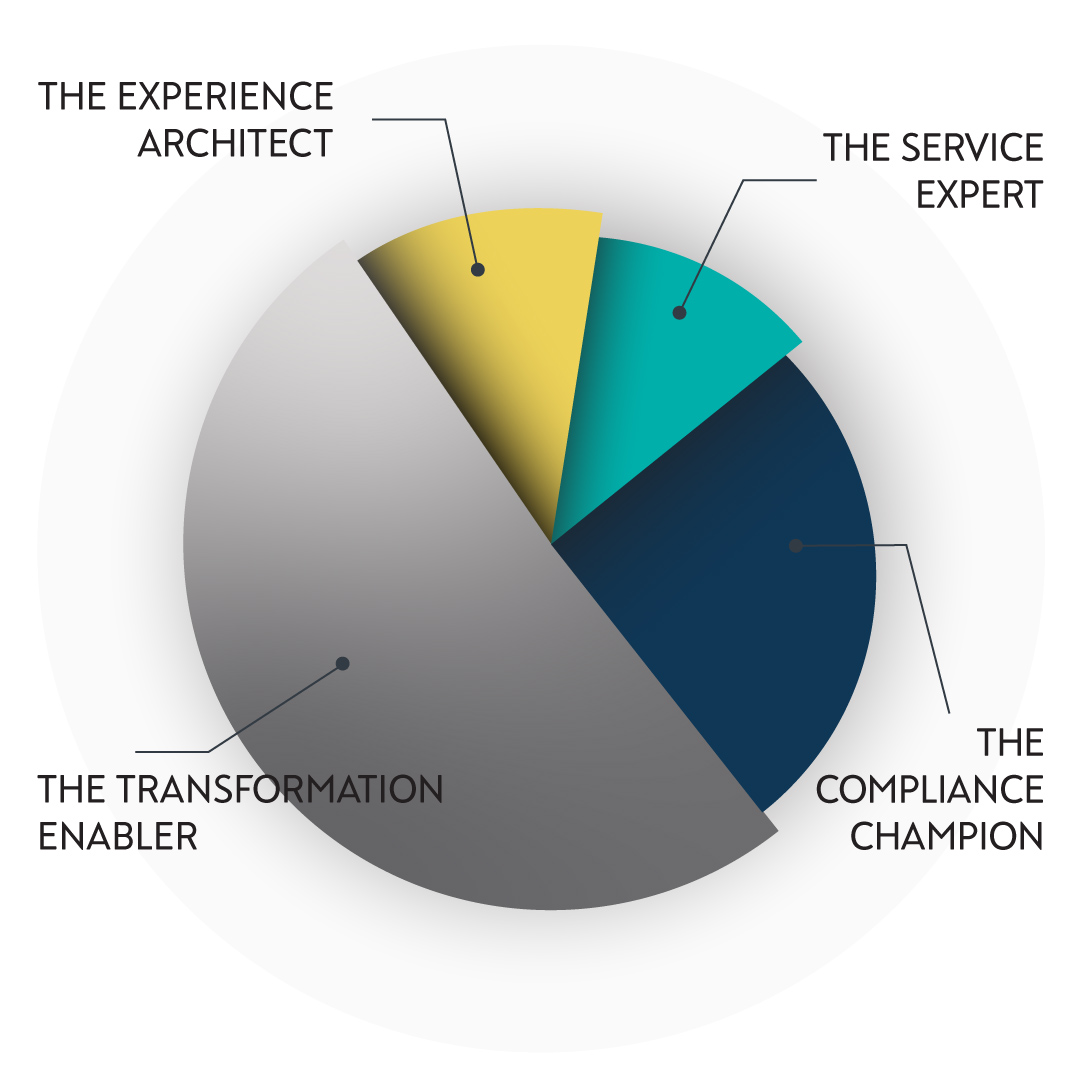Is your business trying to boost agility?
At LACE we believe you should build your HR operating model around the business outcome you most want to achieve. Even better, we think it can be as simple as picking between four main drivers.
Part of our Demystifying the HR op model series, here we will run you through everything you need to know if you are on a mission to boost agility.
1
What do we mean when a business is on the quest for Agility?
If your business imperative is:
to constantly reshape the business landscape through frequent restructuring, acquisitions, mergers and divestments
and/or
respond to a rapidly evolving competitor landscape by continually having to navigate agile responses
then, your business is on a quest for agility as the business driving force.
Traditional HR operating models often struggle to manage the significant peaks and troughs associated with such organisational change, whether it’s M&A activity or market shifts.
But what does this quest for agility entail, and what should the HR operating model consider in response?
2

At LACE HQ, we talk about the CPOs wearing four different ‘hats’ representing different distinct accountabilities that they must wear simultaneously.
Wearing multiple hats can be a juggling act, and this analogy helps illustrate the often-competing demands on the CPO. The emphasis on which of these ‘hats’ takes precedence will vary depending on the specific business driver. Learn more in our blog about the four hats of the CPO.
For a CPO working with a business on the quest for agility, there will be a greater emphasis on the accountabilities aligned with a Transformation Enabler (hat three).
These attributes involve:
- Adopting a long-term perspective on Strategic Workforce Planning and skill enhancement
- Managing the people aspects of business transformation programmes
- Requiring specialist capability within HR (OD, change, workforce analytics), with the ability to reallocate skilled resources effectively to meet demand fluctuations

3
Ten traits of a high performing function
Every modern People function rests on four essential pillars: people, process, technology, and governance, which form the foundation of an effective HR operating model. Learn more about our 10 traits framework in our blog.
While the unique combination of these pillars should be prioritised based on business drivers and context (such as geographical spread and workforce demographics), for businesses focused on agility, certain traits are crucial, though others remain important:
1. Business aligned and transformation partner
2. Employee centric and experience rich
3. ‘Change leader’ mindset
4. Solution innovation lead
5. Continuous improvement obsessed
6. Commercially driven
7. Super-charged people manager
8. Responsive and adaptable
9. Digital and insights mindset
10. Digitally enabled and artificially intelligent
4
LACE perspective: Exploring HR operating model implications
In a business striving for agility, the HR response must consistently scale up change and transformation support to meet ongoing workforce transformation demands.
Consider the following questions when designing an HR operating model that needs to meet a business on the quest for agility:
- Do you have sufficient specialist capabilities in OD, change, and workforce analytics to meet the ongoing demand for workforce transformation support?
- Do you need a dedicated change/projects/continuous improvement team in HR?
- How can you pool generalist capabilities into consultant-type roles to form an HR project team capable of managing projects end-to-end?
- What steps can enhance project management and PMO capabilities to ensure ongoing project visibility and enable flexible scaling of project teams?
- Is your partnership model future-proofed, allowing flexibility to scale services up or down effectively?
- Could alternative talent pools be used more effectively than relying on formal partnerships?
- How feasible is it to allocate full-time HR resources to multi-disciplinary teams tasked with cross-business strategic initiatives (e.g., M&A)?
Let us if you found this useful, and also reach out with your questions via the form below.
If agility doesn’t sound like your driver, check out our other business drivers:
Productivity
If your business is heavily focused on reducing its cost base and maintaining increased margins
Customer intimacy
You have a frontline workforce who interact directly with the customer and there is onus on building strong customer relationships.
Rapid growth
If your business is a start up aiming for rapid scaling/expansion or a more established business who is private equity backed and undergoing rapid growth
Agility







